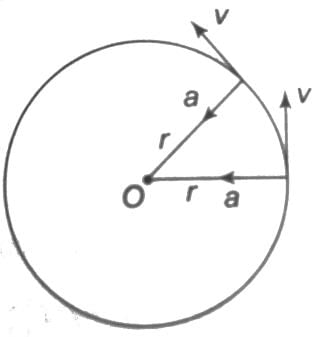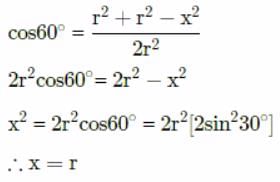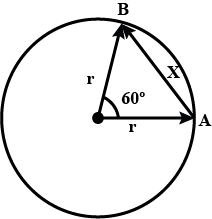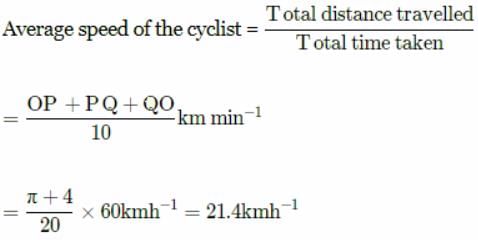Test: Uniform Circular Motion (NCERT) - NEET MCQ
10 Questions MCQ Test - Test: Uniform Circular Motion (NCERT)
The term centripetal acceleration was proposed by
What is approximately the centripetal acceleration (in units of acceleration due to gravity on earth, g = 10 m s-2) of an air-craft flying at a speed of 400 m s-1 through a circular arc of radius 0.6 km?
Velocity vector and acceleration vector in a uniform circular motion are related as
A body executing uniform circular motion has its position vector and acceleration vector
For a particle performing uniform circular motion, choose the incorrect statement form the following.
Which of the following statements is incorrect?
A particle is moving on a circular path of radius r with uniform speed v. What is the displacement of the particle after it has described an angle of 60°?
A cyclist starts from the centre O of a circular park of radius 1 km, reaches the edge P of the park, then cycles along the circumference and returns to the centre along QO as shown in the figure.
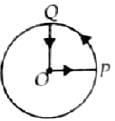
If the round trip takes ten minutes, the net displacement and average speed of the cyclist (in metre and kilometre per hour) is
A cyclist is riding with a speed of 27 km h-1. As he approaches a circular turn on the road of radius 80 m, he applies brakes and reduces his speed at the constant rate of 0.50 m s-1 every second. The net acceleration of the cyclist on the circular turn is




